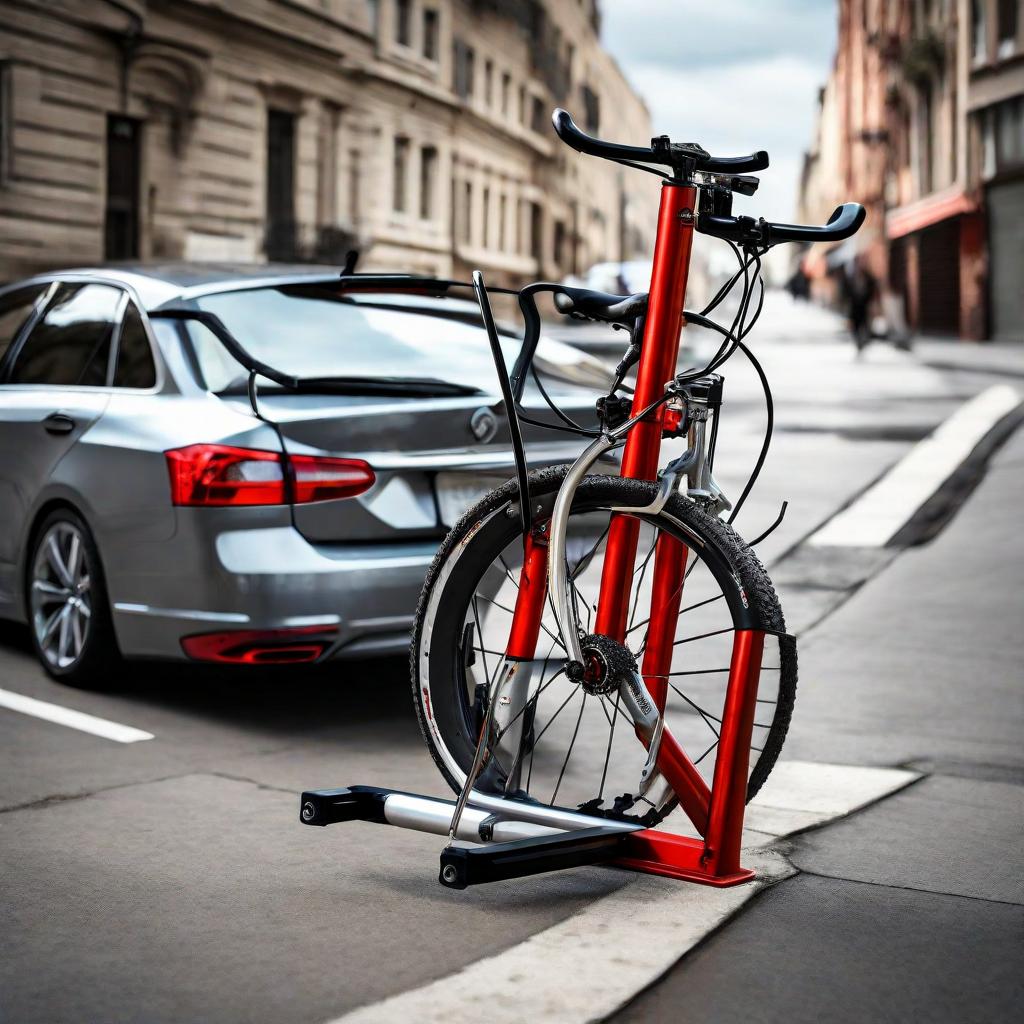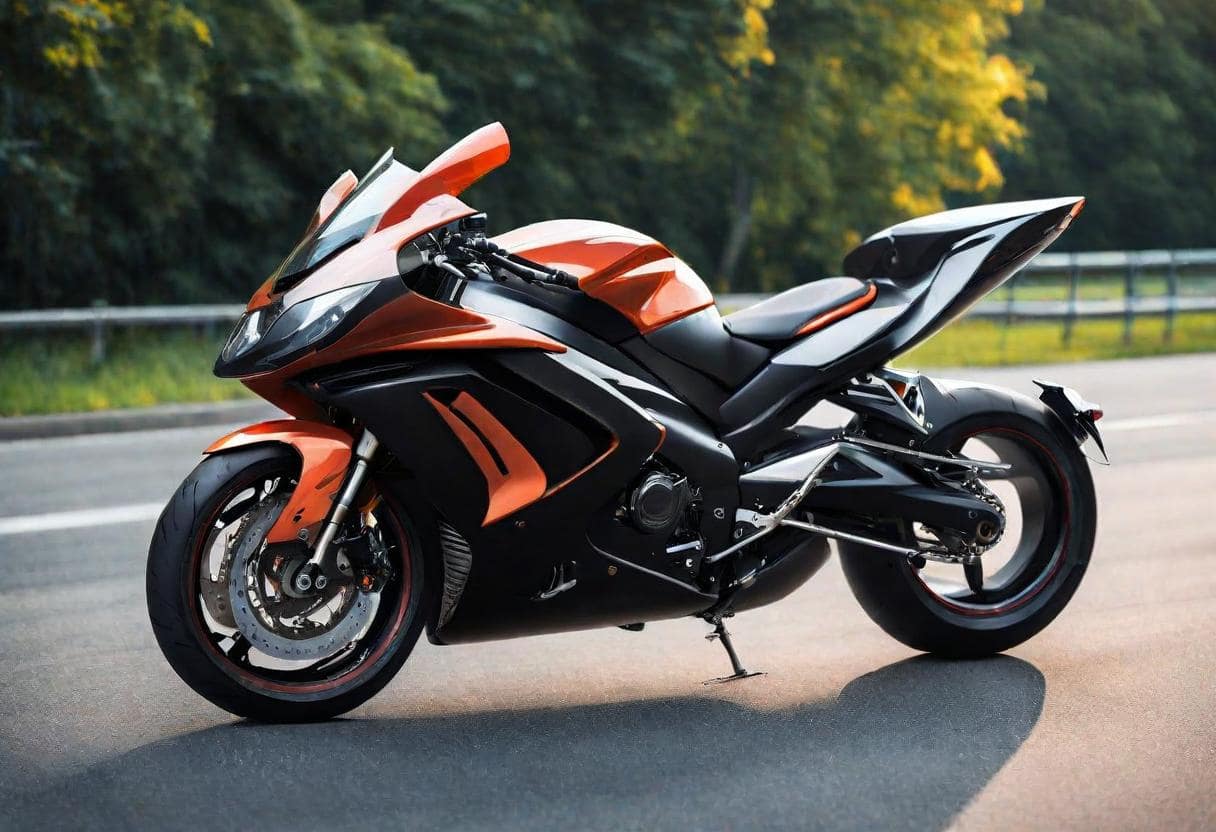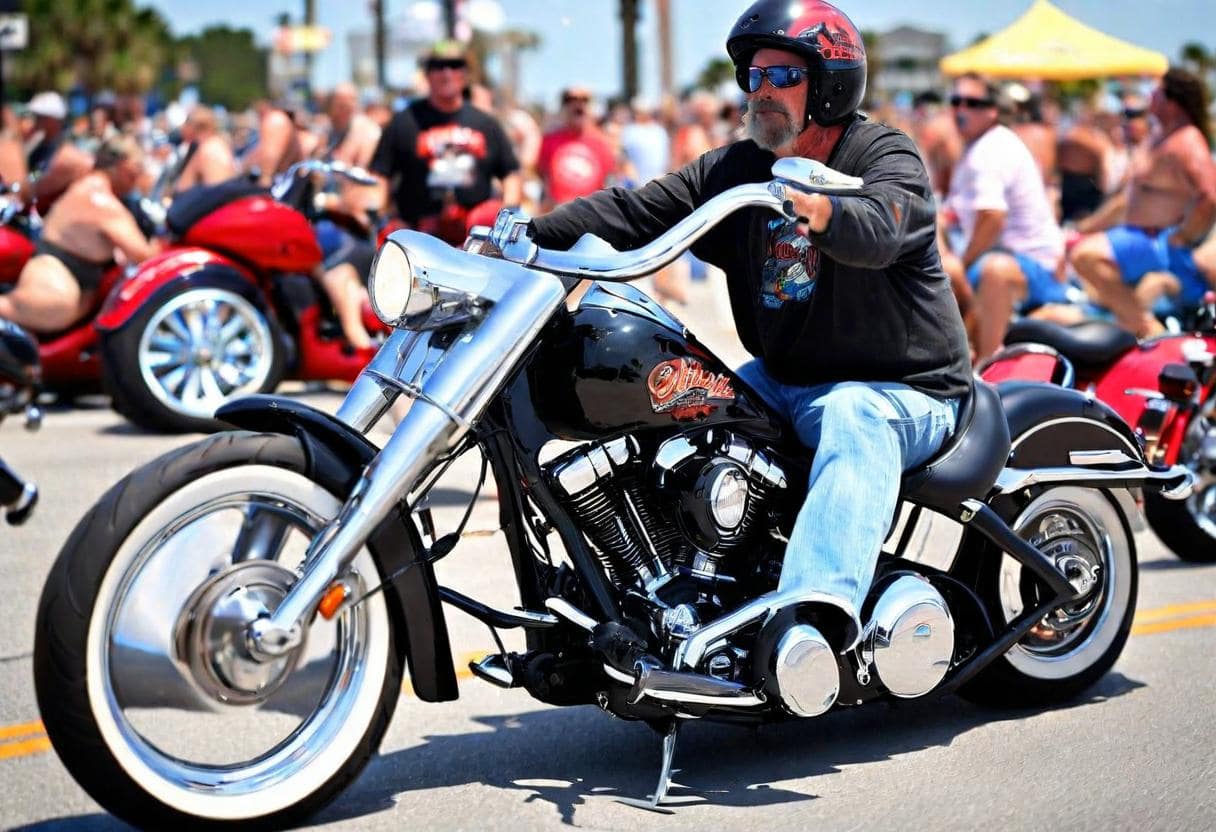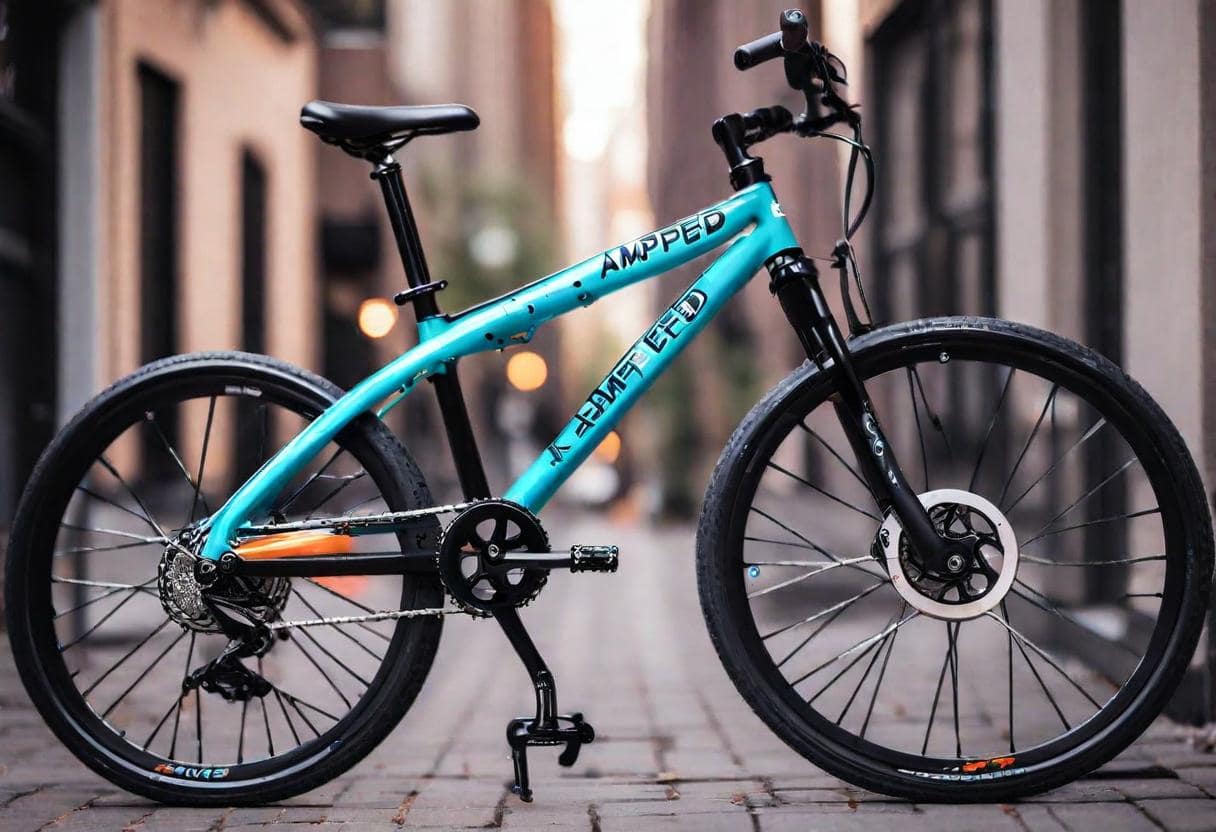Introduction to Single Bike Hitch Racks
Single bike hitch racks have revolutionized the way cyclists transport their bikes. These innovative racks provide a secure and convenient way to carry a single bike using the hitch receiver of a vehicle. Whether you’re heading to the trails for a mountain biking adventure or embarking on a road trip, a single bike hitch rack offers unmatched versatility and ease of use.
Benefits of Single Bike Hitch Racks
Single bike hitch racks offer numerous benefits for cyclists, including:
Convenience
Security
Versatility
Easy Access
Space-saving Design
Types of Single Bike Hitch Racks
There are two main types of single bike hitch racks: platform hitch racks and hanging hitch racks.
Platform Hitch Racks: Platform hitch racks are designed with a sturdy platform where the bike’s wheels rest. These racks typically feature adjustable trays that can accommodate bikes of various sizes and styles, including mountain bikes, road bikes, and fat bikes. Platform hitch racks provide excellent stability and security for your bike during transport, minimizing movement and potential damage.
Hanging Hitch Racks: Hanging hitch racks suspend the bike from the top tube or frame using adjustable arms. These racks are often more compact and lightweight compared to platform hitch racks, making them a popular choice for cyclists looking for a portable and easy-to-store option. Hanging hitch racks are suitable for most bike types but may require additional adapters for bikes with non-traditional frame designs.
Factors to Consider When Choosing a Single Bike Hitch Rack
When selecting a single bike hitch rack, there are several important factors to keep in mind to ensure you choose the right one for your needs.
Compatibility with Vehicle
Security Features
Ease of Installation
Durability
Installation Guide for Single Bike Hitch Racks
The installation process for a single bike hitch rack is relatively straightforward, but it’s crucial to follow the manufacturer’s instructions carefully to ensure a secure and stable fit. Here’s a comprehensive guide to installing a single bike hitch rack:
Gather Tools and Materials: Before you begin, gather all the tools and materials needed for installation. Typically, this will include a hitch pin or bolt, a wrench or socket set, and any additional hardware provided by the manufacturer.
Prepare the Hitch Receiver: Start by cleaning the hitch receiver on your vehicle to remove any dirt, debris, or rust that may affect the installation. Ensure that the receiver is dry before proceeding.
Attach the Hitch Rack: Lift the single bike hitch rack and align it with the hitch receiver on your vehicle. Insert the hitch pin or bolt through the holes in the hitch rack and the receiver, ensuring that it is securely fastened.
Tighten the Hitch Bolt: If your hitch rack uses a bolt to secure it to the receiver, use a wrench or socket set to tighten the bolt securely. Make sure the hitch rack is snug against the receiver to prevent any wobbling or movement during transport.
Adjustment and Alignment: Once the hitch rack is securely attached, adjust the rack’s position and alignment as needed. Ensure that the rack is level and parallel to the ground to provide a stable platform for your bike.
Secure the Bike: Depending on the type of single bike hitch rack you have, follow the manufacturer’s instructions for securing your bike to the rack. This may involve using adjustable arms, wheel trays, or straps to hold the bike in place securely.
Double-Check Security: Before hitting the road, double-check all connections and ensure that the hitch rack and bike are securely fastened. Test the stability of the rack by gently shaking it to ensure there is no movement.
Final Inspection: Take a final look at the hitch rack and bike to ensure everything is properly secured and aligned. Once you’re satisfied with the installation, you’re ready to hit the road and enjoy hassle-free bike transport with your single bike hitch rack.
Maintenance Tips for Single Bike Hitch Racks
Proper maintenance of your single bike hitch rack is essential to ensure its longevity and performance. Here are some maintenance tips to keep your hitch rack in top condition:
Regular Cleaning: Clean your single bike hitch rack regularly to remove dirt, dust, and debris that can accumulate during transport. Use mild soap and water to wash the rack thoroughly, paying special attention to moving parts and areas prone to corrosion.
Inspect for Damage: Before each use, inspect your hitch rack for any signs of damage or wear. Check for cracks, rust, loose bolts, or bent components that may compromise the rack’s integrity. Address any concerns immediately to prevent the situation from worsening and causing additional damage.
Lubricate Moving Parts: Keep moving parts of your hitch rack well-lubricated to ensure smooth operation. Apply a silicone-based lubricant to hinges, pivots, and other moving components to prevent corrosion and reduce friction.
Check Security Features: Ensure that all security features, such as locking mechanisms and straps, are functioning correctly. Test the locks and straps to make sure they can securely hold your bike in place during transport.
Inspect Hitch Connection: Regularly inspect the connection between the hitch rack and your vehicle’s hitch receiver. Make sure the hitch pin or bolt is tightened securely and that there is no excessive play or movement in the rack.
Protect from Elements: When not in use, store your hitch rack in a dry and sheltered location to protect it from the elements. Consider using a cover or storage bag to shield the rack from rain, snow, and UV exposure, which can cause premature wear and deterioration.
Follow Manufacturer’s Guidelines: Always follow the manufacturer’s guidelines for maintenance and care specific to your hitch rack model. Consult the provided owner’s manual to determine the suggested maintenance schedule and appropriate procedures.
Address Issues Promptly: If you notice any issues or abnormalities with your hitch rack, such as squeaking, rattling, or difficulty operating, address them promptly. Ignoring minor concerns can lead to more serious problems in the future.
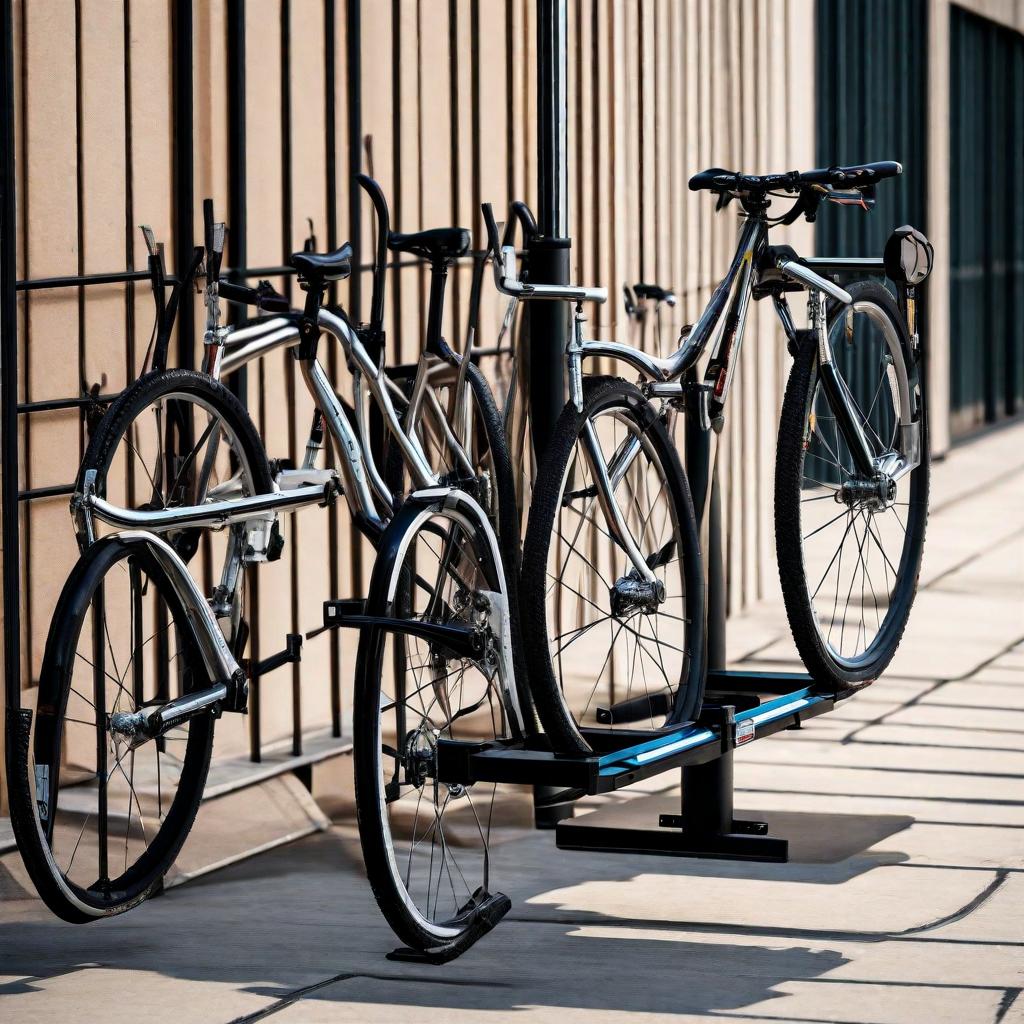
Top Brands Offering Single Bike Hitch Racks
Here are some top brands offering single bike hitch racks along with brief descriptions of their products:
Thule: Thule is a renowned brand known for its high-quality bike racks and outdoor gear. Their single bike hitch racks feature durable construction, easy installation, and innovative designs for secure bike transport. With options like the Thule T2 Pro XT, cyclists can enjoy features such as tool-free installation, adjustable trays, and integrated locks for maximum security.
Kuat: Kuat specializes in designing stylish and functional bike racks for outdoor enthusiasts. Their single bike hitch racks combine sleek aesthetics with rugged durability, making them a popular choice among cyclists. Models like the Kuat Sherpa 2.0 feature lightweight aluminum construction, adjustable cradles, and built-in locks for hassle-free bike transport.
Yakima: Yakima offers a wide range of bike racks and accessories designed to enhance your outdoor adventures. Their single bike hitch racks are known for their versatility, compatibility with various bike styles, and user-friendly features. The Yakima HoldUp Evo features a tilting mast for easy access to the vehicle’s rear, adjustable trays to accommodate different bike sizes, and tool-free installation for added convenience.
Saris: Saris has been a trusted name in the cycling industry for decades, producing innovative bike racks for cyclists of all levels. Their single bike hitch racks are engineered for reliability and ease of use, with features like anti-sway cradles, ratcheting straps, and integrated locks for enhanced bike security. The Saris Superclamp EX is a popular choice among cyclists, offering lightweight aluminum construction, compact design, and effortless bike loading.
RockyMounts: RockyMounts is known for its durable and affordable bike racks designed to withstand rugged outdoor conditions. Their single bike hitch racks feature sturdy construction, user-friendly design, and compatibility with most hitch receivers. The RockyMounts MonoRail offers adjustable trays, anti-sway cradles, and a tool-free installation process for hassle-free bike transport.
Comparison of Single Bike Hitch Racks from Different Brands
Comparing single bike hitch racks from different brands can help you make an informed decision when selecting the right rack for your needs. Here’s a detailed comparison of some key features to consider:
Construction and Durability: Evaluate the materials used in the construction of the hitch racks. Some brands use lightweight aluminum, while others opt for steel for added strength. Consider the durability of the rack and its ability to withstand the rigors of regular use and outdoor conditions.
Compatibility and Versatility: Check the compatibility of the hitch rack with different bike sizes, styles, and frame designs. Look for adjustable trays, cradles, or arms that can accommodate various bikes, including mountain bikes, road bikes, and fat bikes. Versatility in bike compatibility ensures that you can transport different bikes with ease.
Security Features: Assess the security features offered by each hitch rack, such as integrated locks, anti-sway cradles, and locking hitch pins. Look for racks that provide multiple points of contact and secure attachment to prevent bike movement during transport. Enhanced security features help protect your bike from theft and damage.
Ease of Installation and Use: Consider the installation process and ease of use of the hitch rack. Look for racks that offer tool-free installation and user-friendly features, such as tilting masts for easy access to the vehicle’s rear and foldable arms for compact storage. An intuitive design and straightforward installation make using the hitch rack hassle-free.
Weight Capacity and Limitations: Check the weight capacity of the hitch rack and ensure that it can safely accommodate your bike’s weight. Consider any weight limitations or restrictions specified by the manufacturer, especially if you have a heavier bike or plan to transport additional gear or accessories.
Price and Value: Compare the prices of single bike hitch racks from different brands and assess the value offered by each rack. Consider factors such as construction quality, features, warranty coverage, and customer reviews when evaluating the overall value proposition.
Conclusion
In conclusion, single bike hitch racks offer cyclists a convenient and secure way to transport their bikes. With a variety of options available on the market, there’s a single bike hitch rack to suit every need and budget.
FAQs
Why are hitch bike racks so expensive?
Hitch bike racks tend to be more expensive than other types of bike racks due to their design, materials, and functionality. Hitch racks are typically made from high-quality materials such as aluminum or steel to ensure durability and strength, which can contribute to their higher cost. Additionally, hitch racks often feature advanced features such as adjustable trays, integrated locks, and tilt mechanisms for easy access to the vehicle’s rear. These added features and engineering complexity contribute to the overall cost of hitch bike racks compared to simpler rack designs.
Do all bike racks fit all hitches?
No, not all bike racks fit all hitches. Bike racks are designed to be compatible with specific types and sizes of hitches, such as 1.25-inch or 2-inch receivers. It’s essential to check the specifications of both your bike rack and hitch to ensure compatibility before purchasing. Some bike racks come with adapters or compatibility options for different hitch sizes, but it’s crucial to verify compatibility to avoid any compatibility issues or installation problems.
How to make a simple bike rack?
Making a simple bike rack can be done using basic materials and tools. One option is to build a wooden bike rack using lumber and screws. Start by measuring and cutting the lumber to the desired dimensions, then assemble the pieces into a basic frame structure using screws. You can customize the design to accommodate multiple bikes by adding horizontal or angled slots for bike storage. Alternatively, you can repurpose existing materials such as PVC pipes or metal tubing to create a simple bike rack. Whichever method you choose, ensure the rack is stable and secure to safely store your bikes.

